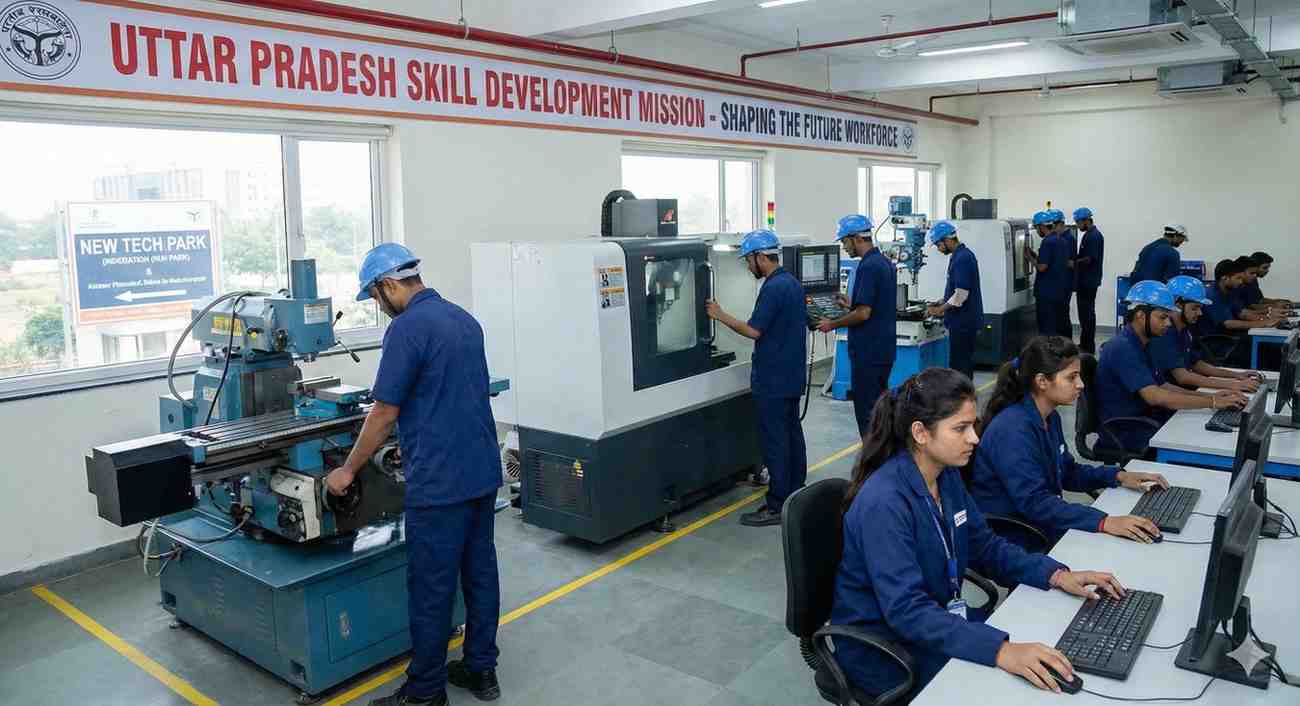
Strategies for Financing Your MBA in India: Navigating the Costs
- admin
- October 19, 2025
- Career, Global Business
- 0 Comments
Pursuing an MBA in India has become an increasingly popular choice for those seeking to advance their careers and open doors to higher-paying jobs. However, as the cost of education continues to rise, financing an MBA has become one of the most critical considerations for prospective students. With tuition fees for top-tier institutes such as the IIMs reaching up to ₹20 lakh or more, many students find themselves navigating the complex financial landscape of higher education. This article provides a strategic guide to help you understand your options for financing an MBA in India.
1. Scholarships and Fellowships: The Gateway to Reduced Financial Burden
The first and most obvious strategy to finance your MBA is through scholarships and fellowships. Many top B-schools in India offer merit-based and need-based scholarships that can significantly reduce the cost of education.
Types of Scholarships:
- Merit-Based Scholarships: Awarded to students based on their academic achievements, GMAT/GRE scores, or entrance exam performances (e.g., CAT). Schools like IIM Ahmedabad, ISB, and XLRI offer such scholarships.
- Need-Based Scholarships: These scholarships are for students from economically disadvantaged backgrounds. These are often coupled with stipends to support living expenses.
- Corporate and Government Scholarships: Certain companies or government organizations sponsor students, especially those in specialized fields such as finance, marketing, and technology.
How to Access:
- Research available scholarships well in advance. Most applications require submission of personal financial details, academic transcripts, and sometimes, an essay outlining your career aspirations.
- Leverage institutional resources, including career services and financial aid offices, to find all potential scholarships.
Key Takeaway: Scholarships are highly competitive, so be sure to meet all eligibility criteria and apply early.
2. Education Loans: A Common and Trusted Financing Strategy
Education loans from public and private banks are the most commonly used financing option for MBA students. Many financial institutions offer education loans specifically tailored for higher studies, including those pursuing professional courses like an MBA.
Key Features:
- Loan Amounts: Loans typically cover the full cost of education, including tuition fees, living expenses, and study materials.
- Repayment Flexibility: Most education loans offer a moratorium period (a grace period before repayment starts) until the student completes their course and finds employment.
- Interest Rates: The interest rates on education loans range between 8% to 14%, depending on the bank and the course. Government-owned banks may offer more favorable terms.
How to Access:
- Approach banks like SBI, HDFC, and Axis Bank, which have specific educational loan products for MBA aspirants.
- Many universities have tie-ups with banks, simplifying the loan approval process.
- Some loans may require collateral, especially if the loan amount exceeds a certain threshold (usually ₹7.5 lakh).
Key Takeaway: While education loans are a viable option, it’s crucial to factor in interest rates and repayment terms into your financial planning.
3. Employer Sponsorship: A Win-Win Solution for Both Employee and Employer
For those already employed, employer sponsorship can be a beneficial strategy. Many companies recognize the value of an MBA for career advancement and are willing to sponsor their employees’ education in return for a commitment to continue working for the company post-graduation.
How It Works:
- Partial or Full Sponsorship: Some employers cover a portion of the tuition fees, while others may fully sponsor the MBA if it aligns with the company’s strategic interests.
- Bond Agreement: In return for sponsorship, companies may require employees to sign a bond agreement to work for the company for a set period after completing the MBA.
Benefits:
- No Loan Burden: Employer sponsorship can eliminate the need for taking loans or scholarships.
- Career Advancement: An MBA financed by an employer often comes with the promise of a higher role or promotion post-graduation.
Key Takeaway: If you’re already employed, check with your HR department to see if the company offers any education sponsorship programs or partnerships with B-schools.
4. Personal Savings and Investments: A Riskier but Viable Option
Using your personal savings or liquidating investments (like stocks, fixed deposits, or mutual funds) is an option if you have enough financial resources set aside for future needs.
When to Consider:
- Self-Funding: If you are risk-averse and prefer avoiding debt, using personal savings could be the most straightforward option. However, this requires careful planning to ensure that it does not impact your long-term financial stability.
- Liquidating Assets: Some students may consider liquidating assets (stocks, bonds, or real estate investments) to fund their education. This is particularly useful if the loan burden is overwhelming.
Risks:
- This approach can put a dent in long-term savings and may jeopardize financial security if unforeseen circumstances arise.
- Liquidating investments may lead to potential tax implications or capital losses.
Key Takeaway: Personal savings and investments should only be considered if you have a well-defined financial plan and can absorb any potential risks.
5. Crowdfunding and Online Platforms: The New Age Financing
In recent years, crowdfunding and online funding platforms have emerged as alternative financing strategies. Websites like Ketto, Milaap, and GoFundMe allow individuals to raise funds from a community of donors for educational purposes.
How It Works:
- Set up a campaign and share it with your network of friends, family, and social media followers.
- Offer incentives like business mentorship or services in exchange for donations or funding.
Challenges:
- Crowdfunding for education is still a relatively new concept, and while it can work, it’s highly dependent on your network and how effectively you can pitch your campaign.
Key Takeaway: Crowdfunding can be an effective way to raise funds if you have a strong personal network, but it’s not a guaranteed source of financing.
6. Government Schemes and Financial Aid: A Lesser-Known Option
Government-backed initiatives and financial aid programs are available to assist MBA aspirants, especially those from economically weaker sections or marginalized communities.
Notable Programs:
- Central Government Education Loan Scheme (Swarna Jayanti Fellowships)
- State-specific Scholarships for underprivileged students
- National Minority Development Finance Corporation (NMDFC) and other similar bodies
How It Works:
- These schemes often provide lower interest rates or more lenient eligibility criteria for students from specific backgrounds.
Key Takeaway: Always check for government-sponsored scholarships or loans that may be available based on your socio-economic status or community.
Conclusion: A Personalized Approach to Financing Your MBA
Financing an MBA in India requires thoughtful planning and a multi-pronged approach. Whether you rely on scholarships, loans, employer sponsorships, personal savings, or even crowdfunding, each option has its own pros and cons. The key is to evaluate your financial situation, career goals, and willingness to take on debt before deciding on the right mix of funding options. Remember—there is no one-size-fits-all approach. The right strategy will depend on your individual circumstances, and you’ll need to balance short-term expenses with long-term career rewards.


